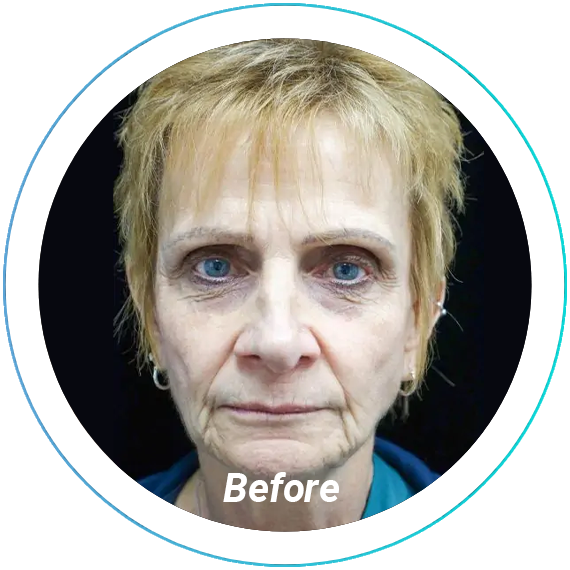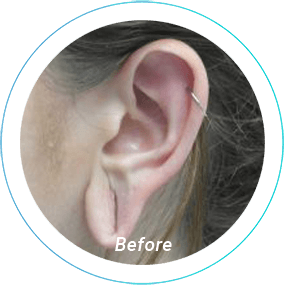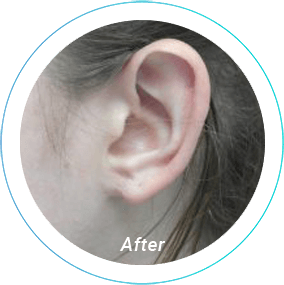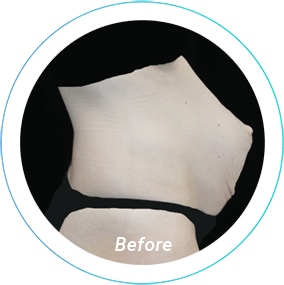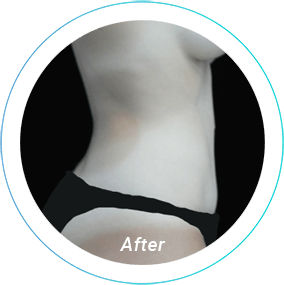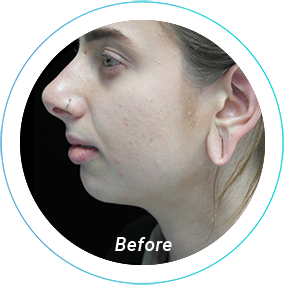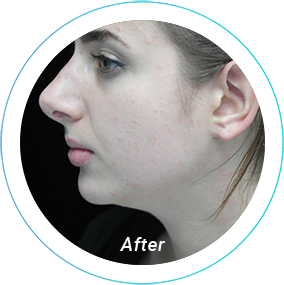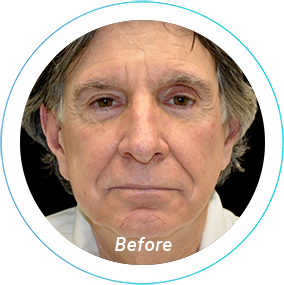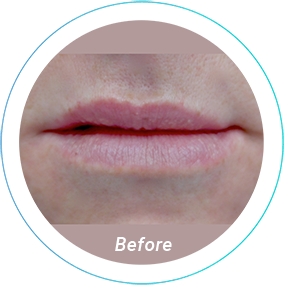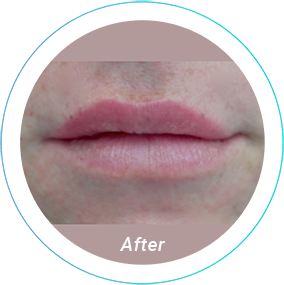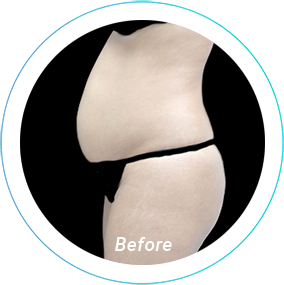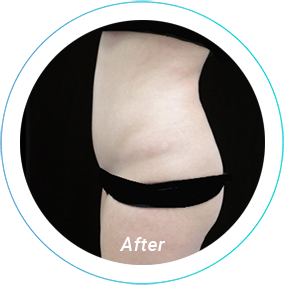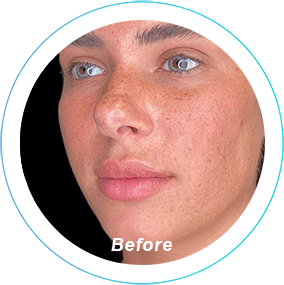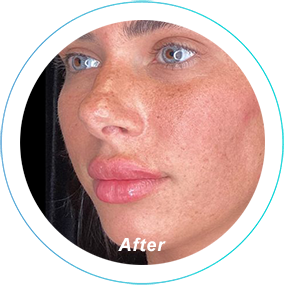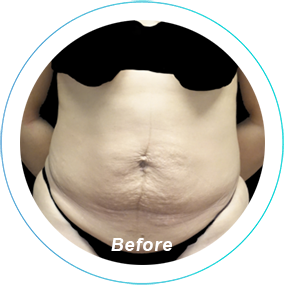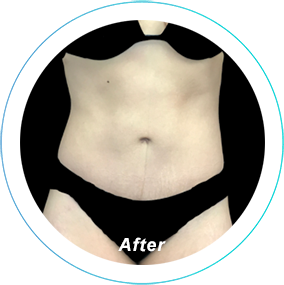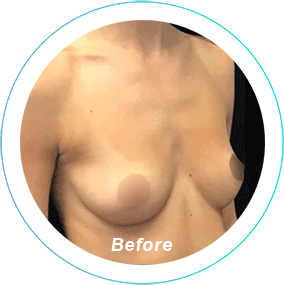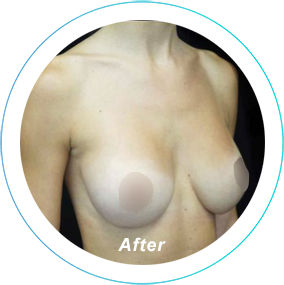Skin Tag Removal
Conveniently located to serve the areas of Pittsburgh, PA
Skin tag removal is a cosmetic procedure aimed at eliminating small, benign growths that appear on the skin. Skin tags, also known as acrochordons, are generally harmless protrusions that can develop at any place on the body, most commonly in areas where there is friction, such as the neck, armpits, eyelids, and groin. While skin tags typically do not pose any medical risk, individuals may seek removal due to aesthetic concerns, confidence issues, or irritation caused by clothing or jewelry.
Dr. Anna Wooten is one of Pennsylvania’s leading plastic surgeons and has helped countless patients achieve smoother skin with specialized treatment plans. At Beleza Plastic Surgery, Dr. Wooten looks forward to helping you reach your goals. Take the first step toward smoother skin today by scheduling a consultation appointment with Dr. Wooten. If you have any questions, please feel free to call our Sewickley or Pittsburgh offices at (724) 759-7777 or (412) 877-9388, respectively.
Contents
About Skin Tag Removal
Skin tag removal is a popular procedure conducted in dermatology and plastic surgery practices. Skin tags are small, soft tumors that are typically flesh-colored and vary in size from tiny dots to larger growths. They are composed of loose, fibrous tissue and blood vessels; they are completely benign, which means they are not cancerous.
The occurrence of skin tags is quite common, particularly among adults. Studies show that approximately 50-60% of adults have at least one skin tag. (1) Factors such as genetics, age, obesity, and certain medical conditions can contribute to their development. While it is not medically necessary to remove skin tags, people often opt for this procedure for cosmetic reasons. Some may feel self-conscious about having noticeable skin tags, while others experience physical discomfort when these growths become snagged on clothes or jewelry. Several methods exist for skin tag removal, including cryotherapy (freezing), excision, laser removal, and cauterization. Each method has its advantages and considerations, and your specific removal process will depend on your medical history, the size of your skin tag, and a few other factors. Regardless of the removal method, these procedures can provide significant results.
Benefits
Undergoing skin tag removal offers various advantages. When patients receive treatment from Dr. Wooten and the team of experts at Beleza Plastic Surgery, they generally experience:
- Cosmetic enhancements: Removing unwanted skin tags can significantly improve appearance and boost self-esteem.
- Increased comfort: Removing skin tags can alleviate uncomfortable chafing beneath clothing.
- Reduced irritation: Eliminating skin tags reduces friction and irritation in affected areas, providing relief.
- Quick procedures: Most skin tag removal procedures only take a few minutes per skin tag.
- Minimally-invasive treatment: Skin tag removal does not require long incisions or general anesthesia.
- Fast recovery: Patients can resume normal activities shortly after the procedure, minimizing downtime.
- Safety and effectiveness: Skin tag removal is a routine procedure with very low complication rates.
- Improved skin health: By removing tags, individuals can maintain smoother skin and reduce potential future irritations.
Candidates
Skin tag removal procedures are open to anyone who experiences bothersome skin tags. Patients should be in generally good health without any serious underlying conditions, although because skin tag removal is such a minor procedure, patients with certain health conditions can still receive treatment. Patients seeking treatment are generally motivated to do so out of aesthetic concerns regarding their skin tags or to reduce discomfort. Individuals should also maintain realistic expectations regarding the outcomes of the procedure and follow any necessary recovery steps. If you are unsure whether skin tag removal is right for you, consult Dr. Wooten to discuss your specific situation.
Personal Consultation
A personal consultation at Beleza Plastic Surgery is essential for determining if skin tag removal is appropriate for you. During the consultation, Dr. Wooten, her Physician Assistant, or her Nurse Practitioner will review your medical history and examine your skin tags. She will recommend the most effective skin tag removal method based on your unique skin type and the location of the tags. This meeting is an excellent opportunity to ask questions about the procedure, the expected results, and recovery. Start your skin tag treatment today by scheduling a consultation!
Preparation
Sometimes, treatment can be done on the day of the consultation, but some medical conditions or circumstances may require patients to return for a separate treatment visit. Once your skin tag removal is scheduled, you will receive comprehensive preoperative instructions. Adhering to these guidelines will ensure a smooth process and optimal results. Patients should avoid blood thinners and adjust their medication regimen as instructed by Dr. Wooten. We will give you instructions that are specific to your medical needs; if you have any questions, please feel free to call our office.
Procedure
There are a variety of methods available for skin tag removal, each offering different benefits and suitability for different circumstances. Many methods will begin with applying a local anesthetic to the treatment area. One of the most common methods for skin tag removal is cryotherapy. (1) This method involves freezing the skin tag using liquid nitrogen. The extreme cold causes the tag’s tissues to break down, resulting in it either falling off on its own or being easily removed with a surgical instrument. At Beleza, our tool for skin tag treatment Cryotherapy is called the CryoProbe, which works well for a variety of skin tags and other irregularities.
Surgical excision is another method available for removal. In this procedure, Dr. Wooten uses a scalpel or surgical scissors to cut the skin tag off at its base. Excision is precise and results in more immediate removal. Dr. Wooten can also combine these two procedures. Freezing the tissue in this method allows for extremely precise removal without complications. (2) She can also administer heat to remove the skin tag. (1) Cauterization is the medical process of burning tissue; it is effective for smaller skin tags and minimizes bleeding by sealing the blood vessels.
Finally, lasers have also proven to be effective in skin tag removal. In these treatments, a laser is used to effectively vaporize the skin tag. This technique is best suited for delicate areas or multiple tags due to its precision and minimal bleeding.
Recovery
Following the removal of skin tags, patients can generally return to normal activities soon after their appointment. Recovery is not demanding, and it is typically straightforward; you should keep the area clean and dry. Minor swelling and redness around the site should subside within days. Dr. Wooten, her Physician Assistant, or her Nurse Practitioner will provide you with recovery instructions that are relevant to your situation.
Results
Results from skin tag removal are often immediate, with the appearance of unwanted growths significantly reduced after just one appointment. Scarring is usually minimal, especially with advanced methods like laser removal. After skin tag removal, patients can enjoy smoother skin and enhanced confidence.
Cost of Skin Tag Removal in Pittsburgh
The cost of your skin tag removal treatment will depend on the size of your skin tag and how many tags you would like to treat. After your consultation, you will receive a detailed breakdown of the costs involved for your specific treatment plan. Beleza Plastic Surgery also offers financing options for our treatments to patients who qualify. Our patient coordinators are happy to help you arrange a financing option that works for you. If you have any questions about scheduling your consultation, payments, pricing, or anything else, please feel free to call our Sewickley or Pittsburgh offices at (724) 759-7777 or (412) 877-9388, respectively.
FAQ
Most patients report only minimal discomfort during the procedure. Local anesthesia helps alleviate any potential pain. Recovery from skin tag removal is generally not demanding, and patients can manage any pain with a cold compress or over-the-counter pain medication.
While the individual skin tags that were removed will not return, new skin tags may develop over time, especially if someone is prone to them. If you experience skin tag growth after your treatment, you can speak with us about removing those as well.
Are there home remedies for skin tag removal?
While some claim to benefit from home remedies, it is always safest to seek professional treatment to avoid complications like infection or scarring. If you have skin tags that you would like to address, contact our office to find out what treatment would be most effective for you.
How long does skin tag removal take?
Skin tag removal typically takes less than an hour, depending on the number of tags your professional is removing. Procedure time can also vary depending on the methods your professional uses during your treatment.
Skin tags are thought to arise from friction and pressure on the skin, often forming in areas where the skin rubs against itself.
No, skin tags do not generally pose any health risks. While skin tags are technically tumors, they are benign and non-cancerous. Patients do not typically seek skin tag removal for medical reasons; rather, they consider skin tag removal for aesthetic reasons or if the skin growths are causing irritation.
References
- Pandey A, Sonthalia S. Skin Tags. PubMed. Published 2020. https://www.ncbi.nlm.nih.gov/books/NBK547724/
- Taylor JE, Osmun W. Just a pinch: Technique for skin tag removal in sensitive areas. Canadian Family Physician. 2016;62(12):998. https://pmc.ncbi.nlm.nih.gov/articles/PMC5154651/



